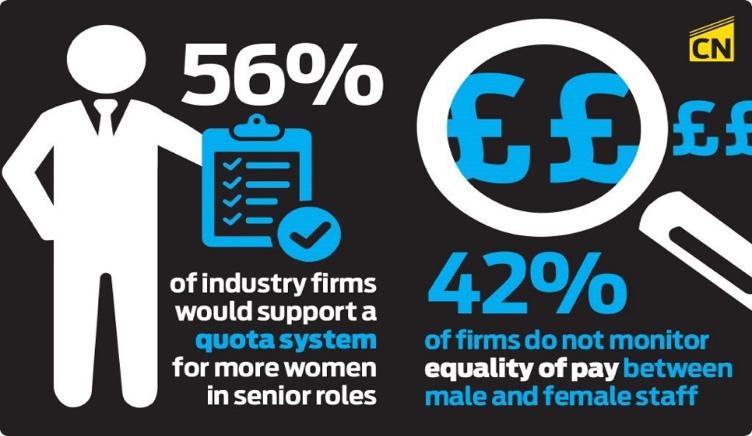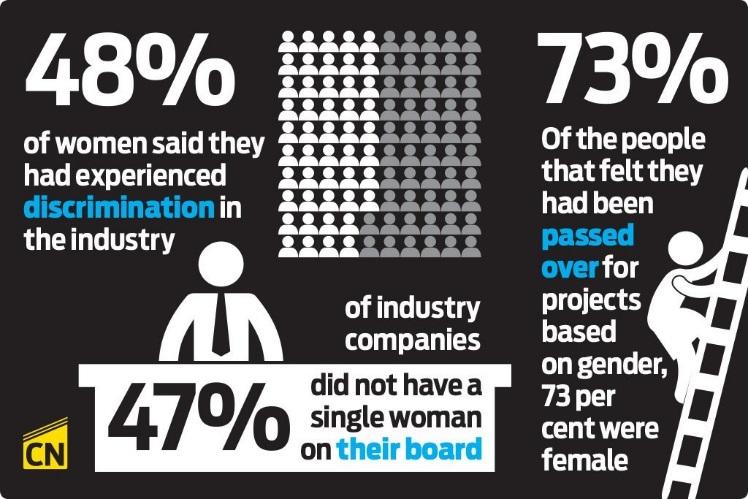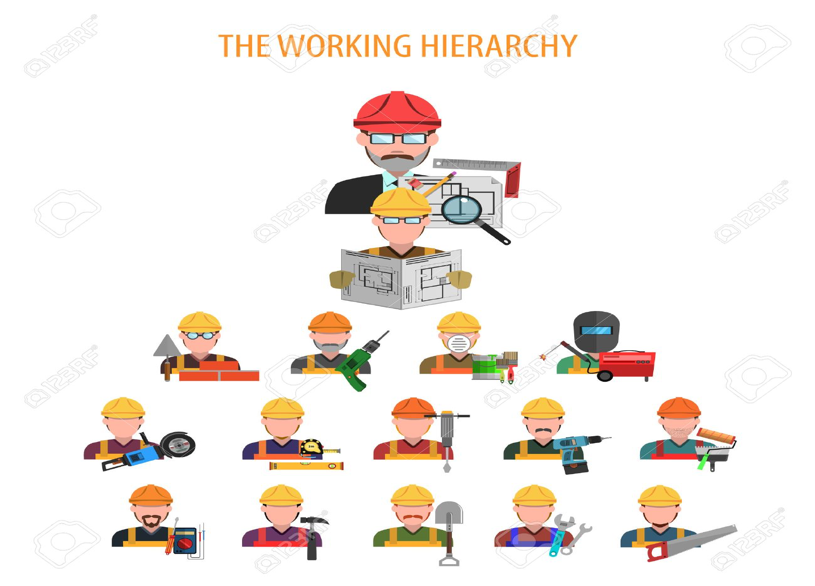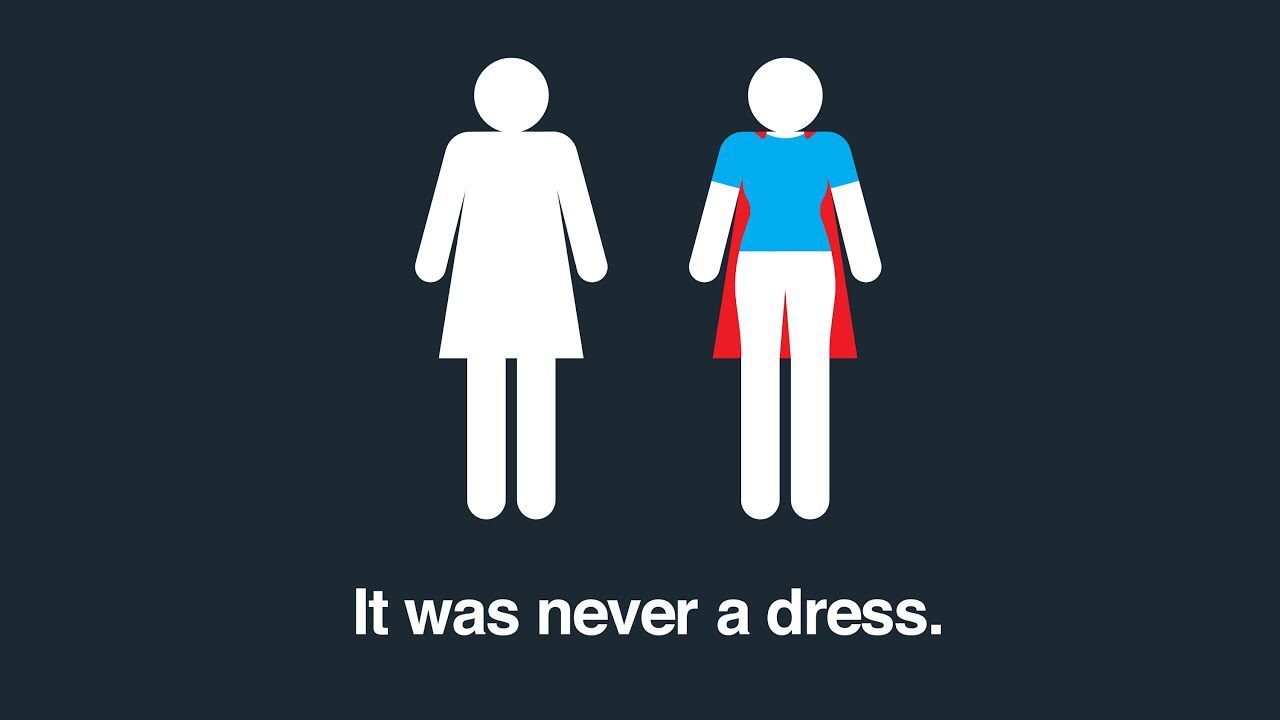Introduction to the Company
Laing O’Rourke is one of the largest construction companies in the UK. Operating from Dartford, England, it is the largest privately-owned company in the country. Having more than 15,000 employees, the company dominates the UK market and makes ventures abroad, mostly in other English-speaking countries, such as the USA, Canada, New Zealand, and Australia (Company overview 2018).
The company specializes in all that is related to construction work, ranging from building construction to infrastructure development, modular manufacturing, engineering services, construction support, investment, and development. The company’s yearly revenues amount to about 3.1 billion dollars (Company overview, 2018). Since 2017, the company has been losing money following major turbulence in the construction sector associated with Brexit as well as dealing with the aftermath of the collapse of Carillion, one of O’Rourke’s largest competitors/partners (Brereton 2018).

Challenges Facing Laing O’Rourke and the UK Construction Sector
The construction industry in the UK has been in a steady decline for from 2011 to 2016, with its fall culminating in autumn, when Carillion, one of the largest construction company in the region, disintegrated (Brereton 2018). This prompted the UK government to evaluate the industry’s performance, with the results of that evaluation presented in Mark Farmer’s independent construction review, published in late 2016. The report highlights many structural failures within the industry, such as an ultra-conservative business model, resistance to change, and the inability to adapt to the realities of the market. The problem of diversity was also brought up because of the ever-shrinking pool of skilled labourers, engineers, and managers for the construction industry (Farmer 2016).

Engineering and construction remain one of the few male-dominated industries with less than 1 per cent of female workers in the field and upper management echelons. The design and engineering sectors are a bit better. Even then, they make up no more than 18% of the employee pool (Brereton 2018). Although Laing O’Rourke announced a plan to increase gender and racial diversity in their company, little progress was reported.

Women in O’Rourke experience issues related to a male-dominated environment. Due to their relatively low concentration in the workforce, they often become a subject of harassment and “competition” among their male colleagues. The company has only one female leader in the high-position role, and her appointment was at a time when severe financial crises hit the company in 2015 (Leadership 2018). That fact, in combination with her being a legal and tax specialist, represents not only the glass cliff but also the genderization of work.

The popular opinion is that men are assertive while women are bossy, indicating the perceived inadequate use of authority, which is just another form of sexism in the workplace. Another popular myth I would say is that women are incapable of long-term goal-setting (Gender diversity, 2016). The lack of goal-setting could mean a lack of engagement and opportunities for career advancement. In such conditions, employee motivation is likely to suffer. Lastly, the company’s announced goal of reducing the pay gap can serve as a confession of its existence in the first place.
There are countless barriers to women who wish to join the construction industry. First off, there is a difference between male and female recruitment in that there are almost no entry-level (pipeline) jobs for female workers. This creates no work – no experience – no work cycle (Porter 2018). It is a popular stereotype that construction is a “man’s work” and that women are not suited for it because they are not strong, smart, and gritty enough.
Leadership Solutions for Laing O’Rourke
Current Leadership Approach

As it stands, Laing O’Rourke follows the traditional top-down hierarchical management and leadership system. It mostly resembles an army-type way of organization and subordination, where managers and supervisors have complete control over their subordinates and respond only to the individuals above them (Cannon & Hillebrandt 2016). Ground-level personnel is expected to follow instructions without questions, as the responsibility for their actions is placed directly on the shoulders of their supervisor. Transactional style of leadership is heavily implemented, as it is familiar and preferred by many male professionals (Goethals & Hoyt 2017). This style of leadership is often cited as necessary in construction work in order to ensure that work is done in a particular way.
Transactional leaders require the tasks done according to the schedule. The highly impersonal, domineering, and rigid style of leadership in Laing O’Rourke, as well as in other companies, is the reason why female professionals avoid this industry. The only types of women capable of working in the existing conditions are those capable of matching their male counterparts in authority on their turf (Goethals & Hoyt 2017). As a result, the system is unwilling to adapt to changes and becomes outdated and inefficient.
Why Are Progressive Leadership Styles Important to Laing O’Rourke?

LMX stands for Leader-Member-Exchange. It is a modern relationship-based leadership theory (Martin et al. 2017). LMX is suitable in intensive and standard-heavy areas, such as the construction industry, as it provides an emphasis on cooperation and communication, increased independence and the ability of individual employees and junior supervisors to act on their own, in good faith. Another critical aspect of LMX is increased agency and involvement in the company’s future.
Other potential leadership styles to be used in O’Rourke company are authentic, servant, and followership leadership styles. Authentic leadership is based around establishing oneself as a leader by demonstrating high integrity, honesty, fairness, as well as moral and ethical standards. Servant leadership, on the other hand, would help female employees grow and be capable of teaching and mentoring a new generation of employees that would be more accepting of women in construction. Followership theory focuses on the actions of employees in believing in their roles and being proactive in trying to benefit the company.
In-Group vs. Out-group in Construction

Out-group LMX has many similarities with the transactional leadership style currently in place. It is identified by low levels of employee involvement, willingness to perform by the book and never to go beyond the call of duty. It is often described as workers coming to work, doing their work, and going back home (Rosenbach, Taylor & Youndt 2018). As a result, while the levels of performance are typically stable, there is no hope for improving performance and getting employees more engaged. If the worker has conflicts with managers or coworkers, they will leave. Otherwise, they remain unhappy. The lack of agency often results in delays and additional expenses.
A traditional picture is often present at the construction site: the employees are working according to the supervisor’s instructions, but something goes wrong. The instructions appear to be misaligned when faced with the reality of the construction process. Instead of informing the supervisor about the issue or making reasonable alterations, the workers perform according to the initial instructions (Umar 2017). They fear that stalling the process and asking too many questions would upset the supervisor.
As a result, the work they perform is done according to plan, but factually wrong. The supervisor finds out and orders changes, which take additional time, effort, and resources. At the same time, the supervisor is also held responsible for the delays. The entire scenario illustrates the inefficiency of the transactional command-and-control structure. The supervisor is unable to be everywhere at once, which is why the agency and sound-mindedness of employees are necessary. This is an example of out-group LMX.
In-group LMX is based on respect, mutual trust, personal agency, and care about the group’s performance (Rosenbach, Taylor & Youndt 2018). It allows for greater harmony and dyadic interactions between managers and employees. If faced with a similar situation, the employees would report about the issue. When the supervisor is unavailable, the employees would be able to perform small changes within their area of expertise to achieve the same goals. LMX is not only a relationship-oriented but also a task-oriented framework, which will fit Laing O’Rourke’s field of expertise.
Female Leaders and Different Leadership Styles

Leadership studies show that female leaders are more responsive to transformational styles of leadership. They are more likely to form relationships with their subordinates, listen to their opinions and advice, and promote group interests over individual interests, thus benefitting the company as a whole (Goethals & Hoyt 2017). The majority of male managers, on the other hand, lean towards the classic transactional style of leadership, which boost them up and strengthen their authority and grants them the ability to micromanage different departments.
This highlights the differences in male vs female leadership style. Male managers enjoy collecting power, whereas females like to distribute power and agency equally among their subordinates, which is more aligned with LMX. Therefore, making Laing O’Rourke a company where LMX is the norm is more likely to accommodate female professionals who want to be active and part of the group, contributing and making decisions, rather than just being cogs in the mechanism.
Issues and Difficulties with Adopting Progressive Leadership and Increasing Female Presence in the Workforce
There is a common misconception that diversity increases inclusion. The reality is the opposite: it is an inclusion that increases diversity. As it stands, Laing O’Rourke is a classical male-dominated construction company with a transactional and authoritarian style of leadership. It forces females to adapt to the transactional style rather than promote LMX, transformational, followership, or authentic leadership styles among their coworkers.
Research shows that in a competitive environment that not implement progressive leadership styles, the relationships between male and female managers and supervisors deteriorate, as both seek to undermine one another, seeing their styles of leadership as ineffective (Shu & Lazatkhan 2017).
This conflict is further facilitated by the pay gap existing in the construction industry, where female specialists, on average, earn less than males in the same positions. They are also less likely to be promoted into positions of power. As it stands, only one in five companies has females in their top management. Although Laing O’Rourke has been famous at involving women in their work and management process, the overall percentage seems to be profoundly in favour of men (Leadership 2018).
Recommendations

Laing O’Rourke should focus on creating and implementing programs and leadership approaches that would target bias towards women, both intended and subconscious. This should be the primary objective for the business because according to Walters (2018), to recruit and retain female talent, companies should focus on eliminating sexism within their environment. The proposed solutions target all aspects of Human Resource Management because they offer a change in recruiting, training, and management approaches that Laing O’Rourke currently applies. The following list presents several recommendations that Laing O’Rourke can use to encourage female employees and promote equality of the company’s workforce:
- Improve the recruiting process but enhancing the selection criteria.
- Illuminate bias within human resources policies by reexamining the existing approaches.
- Provide training to modify unconscious bias for the selectors and mitigate its adverse impact.
- Reevaluate the benchmarking process to ensure fair treatment for all employees.
- Apply scrutiny towards judgmental decisions within the firm.
- Utilize application forms instead of CV to minimize bias and promote honesty for the prospective candidates.
- Recruit more female employees by advertising positions to which “only women should apply” in accordance with the UK law.
- Promote progressive leadership at Laing O’Rourke by teaching transformational approaches to both high and low ranking executives.
- Bring the staff members on board with female employment by creating a change program that would target the entire workforce at Laing O’Rourke.
- Eliminate the pay gap and provide maternity benefits to female employees.
- Offer grants to female students that study engineering and construction management, as according to (Walters 2018) they perform better when compared to male counterparts.
Conclusions
Laing O’Rourke is a large company maintaining its high standing in the construction industry. However, the industry itself remains in a long-standing crisis due to systematic neglect of innovation, leadership, and diversity. If the company wishes to gain market share and remain profitable, it should endorse restructuring, change, innovation, and diversity, by utilizing LMX and promoting women into the workforce.
Reference List
Brereton, E 2018, Week in numbers: diversity, output, and O’Rourke’s targets. Web.
Cannon, J & Hillebrandt, PM 2016, The management of construction firms: aspects of theory, 2nd edn, Macmillan, New York, NY.
Company overview of Laing O’Rourke corporation limited. 2018. Web.
Farmer, M 2016, Construction labor market in the UK: farmer review. Web.
Gender diversity in construction a priority 2016. Web.
Goethals, GR & Hoyt, CL 2017, Women and leadership: history, theories, and case studies, Berkshire Publishing, Great Barrington.
Laing O’Rourke – building a better OH management strategy n.d.Web.
Leadership. 2018. Web.
Martin, G, Pousette, A, Nielsen, K, Gyrtnes, R & Torner, M 2017, ‘Safety leadership at construction sites: the importance of rule-oriented and participative leadership’, Scandinavian Journal of Work, Environment, & Health, vol. 43, no. 4, pp. 375-384
Porter, H 2016, Tackling discrimination in construction. Web.
Rosenbach, WE, Taylor, RL, & Youndt, MA 2018, Contemporary issues in leadership, 7th edn, Routledge, New York, NY.
Shu, CY & Lazatkhan, J 2017, ‘Effect of leader-member exchange on employee envy and work behavior moderated by self-esteem and neuroticism’, Journal of Work and Organizational Psychology, vol. 33, no. 1, pp. 69-88.
Umar, T 2017, ‘Briefing: defining safety leadership in construction’, Proceedings of the Institution of Civil Engineers – Municipal Engineer, vol. 170, no. 1, pp. 3-5.
Walters, R, 2018, Diversity and inclusion in infrastructure. Web.